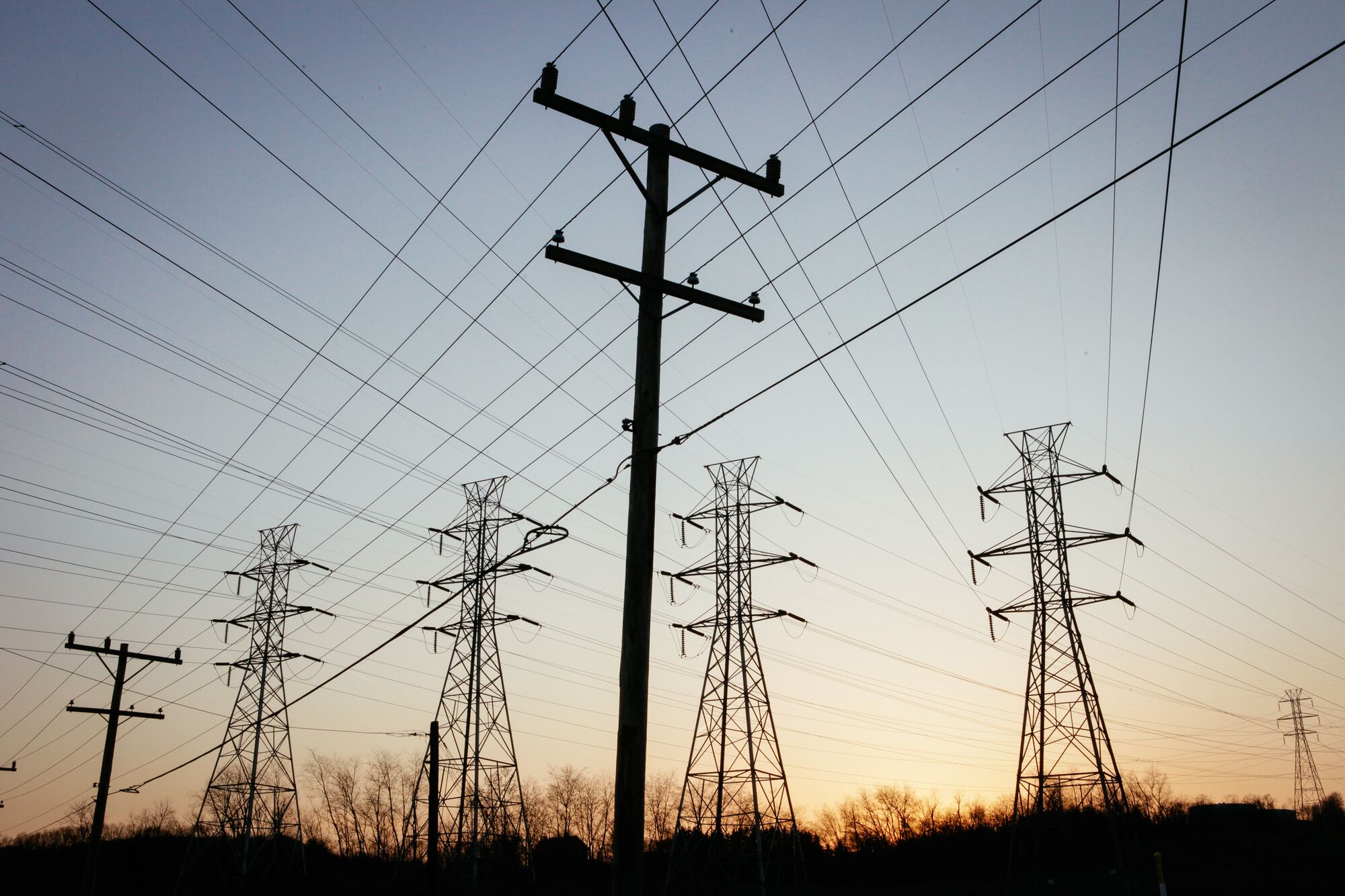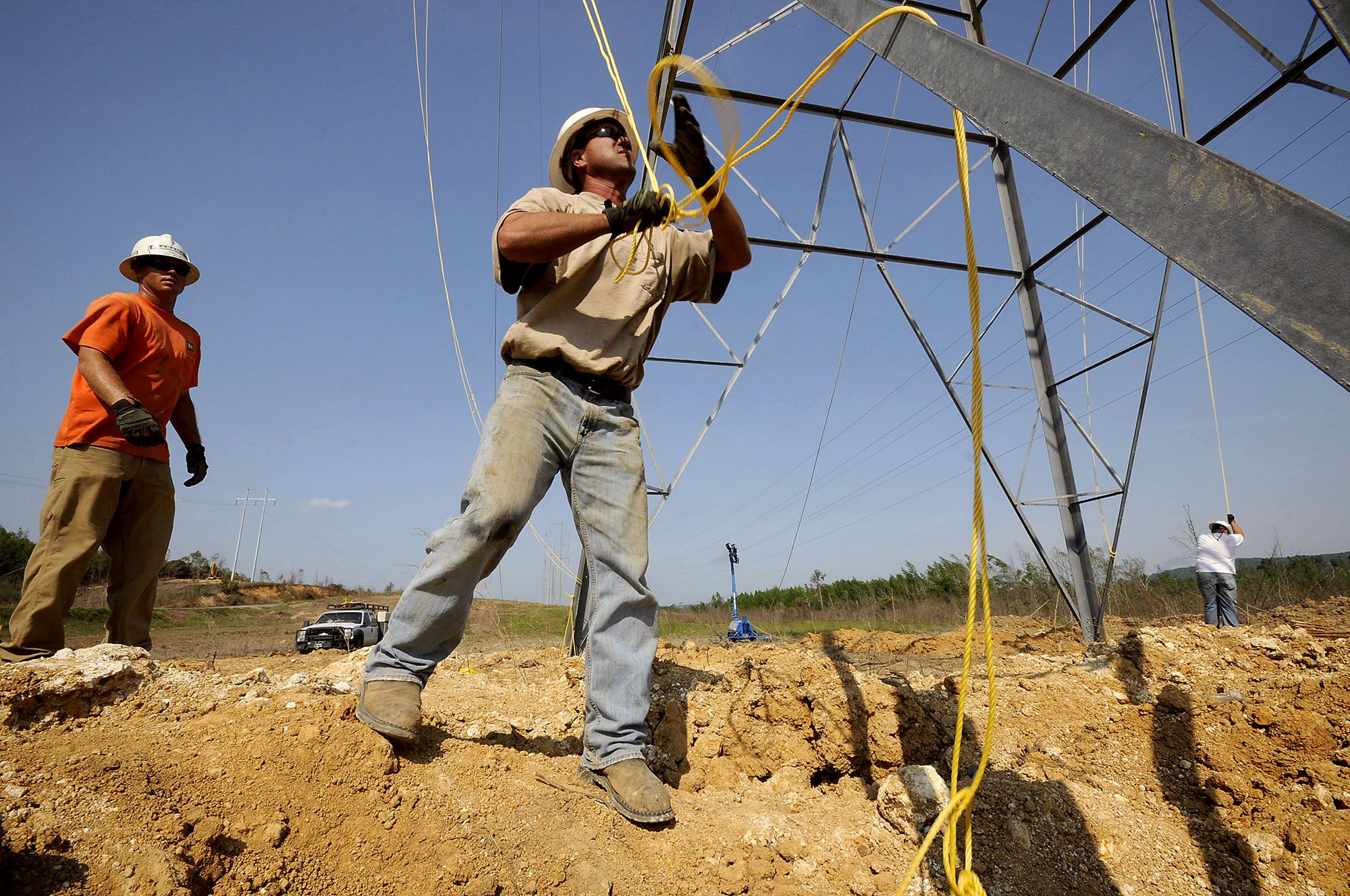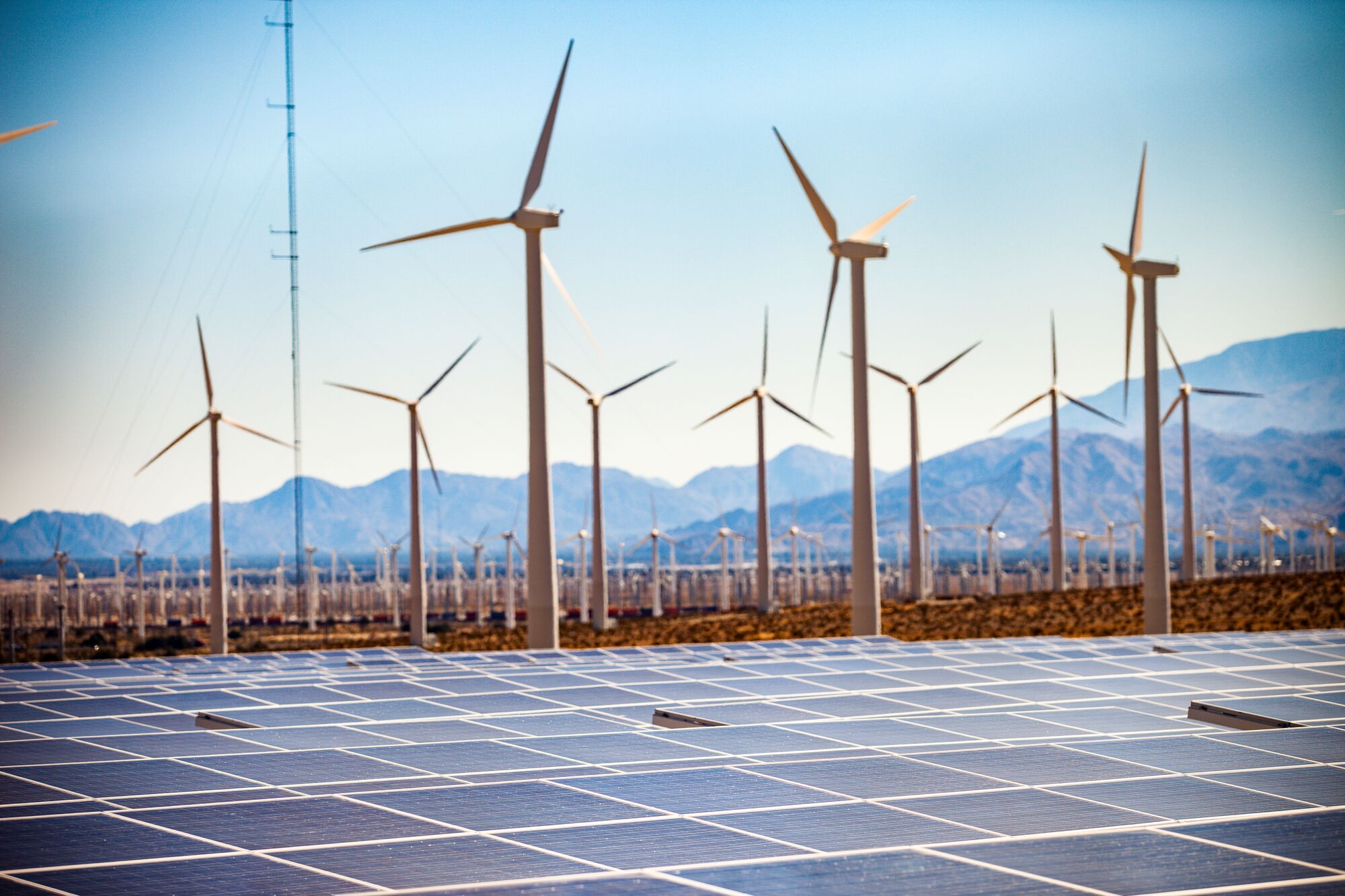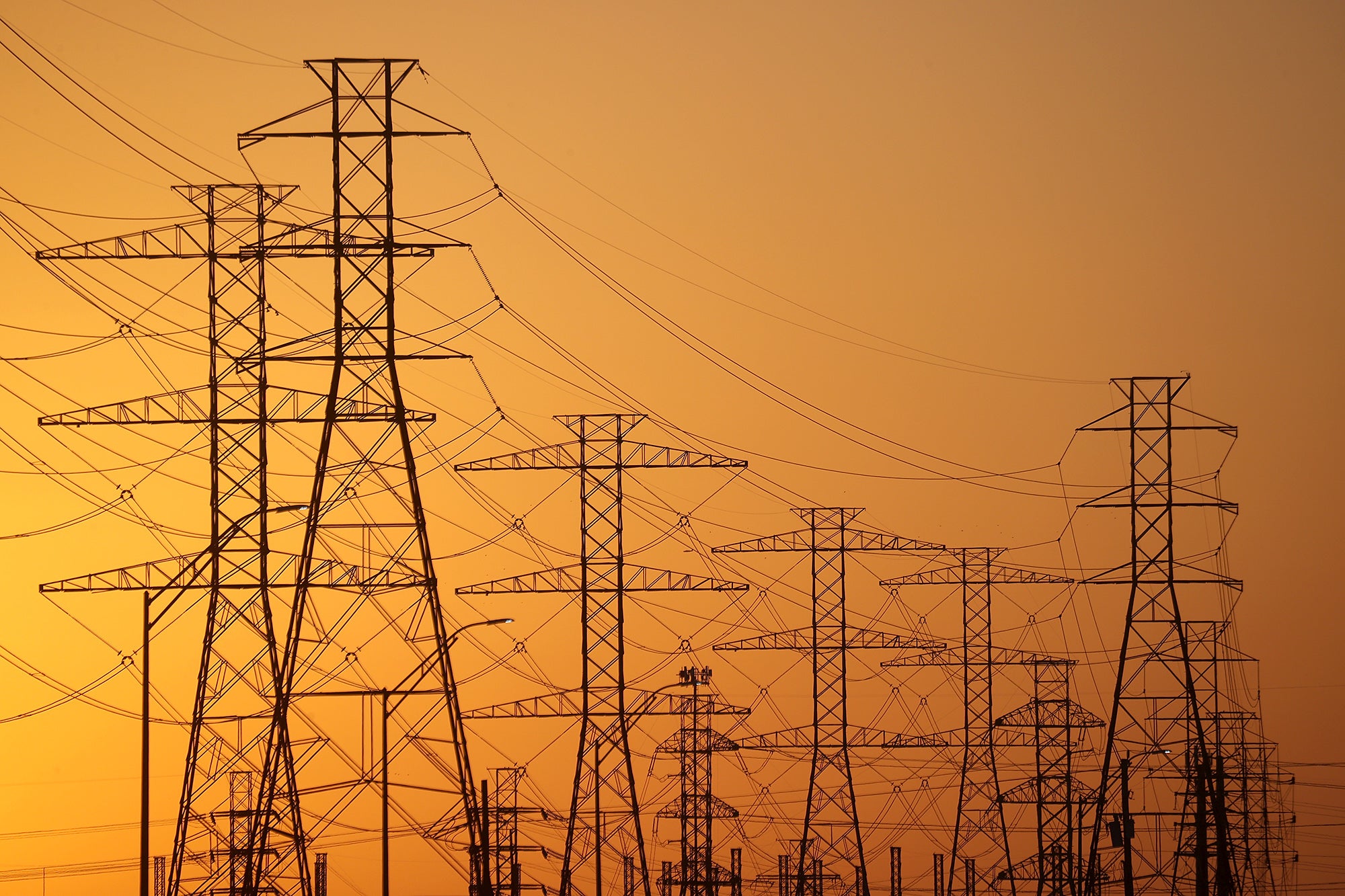The Solution to a Faster Clean Energy Transition? More Power Lines.
We know that a 100% clean energy requires more electricity transmission lines. Now, the federal government has taken sweeping action to modernize and build out the grid.

This page was published a year ago. Find the latest on Earthjustice’s work.
To avoid the worst impacts of climate change, we must generate and deliver enough clean energy to power everything — from cars and trucks to buildings and factories. But a major roadblock in the transition to a clean energy future is surprisingly basic: We don’t have enough transmission lines to effectively move the power generated at clean energy hot spots to the places where we need it.
The federal government just took sweeping action to modernize and build out the grid to keep up with proposed clean energy projects. Here’s what to know about the transmission system, the power grid, and what needs to change to achieve 100% clean power.
Here’s How the Grid Works
Also known as the “electric grid,” the transmission system is a network of wires that carries electricity from place to place. In the United States there are 12 different transmission planning regions that operate the bulk of electric power grids in the U.S. and are overseen by the Federal Energy Regulatory Commission (FERC).
More than 70% of the nation’s electricity is produced by investor-owned utilities that also own most of the nation’s high-voltage transmission lines (although you paid for those lines through your electric bill). They often own or are affiliated with existing fossil fuel power plants and do not have any incentive to expand transmission and erode their monopoly on generating power.
The grid as it exists now was designed to generate electricity in urban centers by burning fossil fuels. The transition to 100% clean energy requires some upgrades and a lot of new high-voltage transmission lines. The old ways of planning and paying for high-voltage transmission lines won’t cut it.
How More Power Lines Help
Places with the most clean energy potential aren’t always where the power is needed most. For instance, many solar projects are built in remote deserts, and plains have enormous wind energy potential. We need to get that energy to the places where people live and work.
We need to build more transmission lines to move clean energy across the country in addition to scaling up local, distributed clean energy resources like rooftop and community solar and battery storage. Distributed clean energy means cheaper electricity and a more reliable grid, even in extreme weather exacerbated by climate change.
At a minimum, we must double current transmission capacity by the end of this decade to transition to a clean energy economy. We must do this in collaboration with the communities that would be impacted by new infrastructure — especially communities that already face unjust environmental burdens — and without eroding bedrock environmental protections.
How the U.S. is Making Progress
Earthjustice’s Clean Energy Program uses the power of the law and the strength of partnership to accelerate the transition to 100% clean energy.



